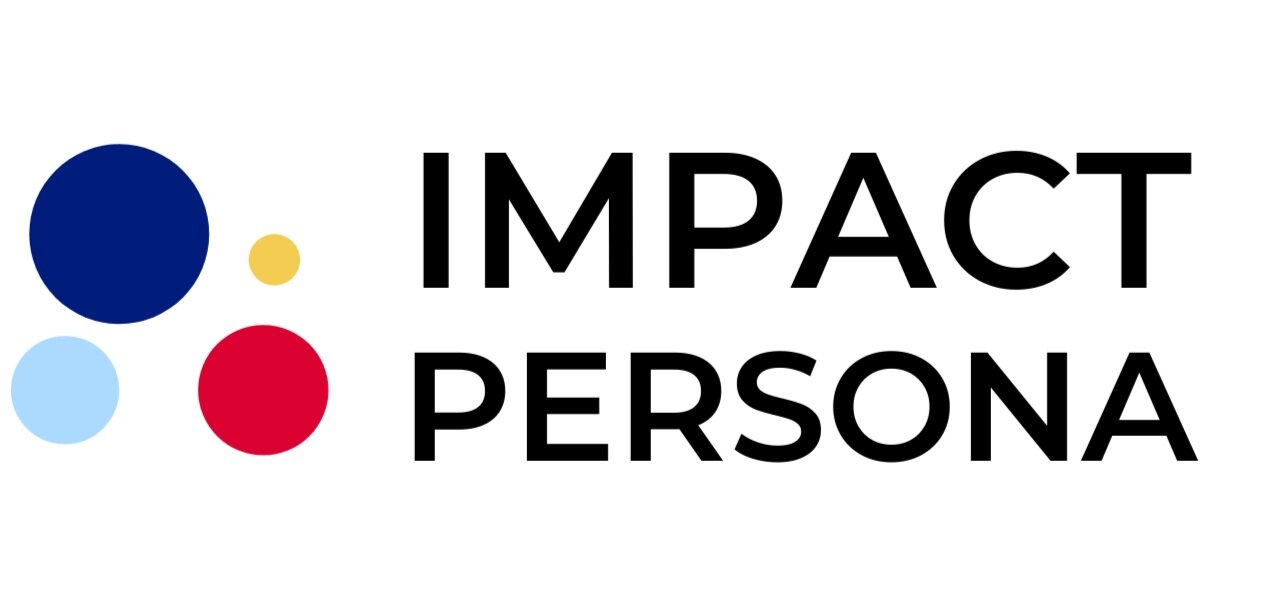Onboarding is not a “one-size-fits-all” process: How to create an impactful experience for different behavioural or personality types 👥
P.S. Want a FREE Onboarding Guide packed with practical tips and actions for successfully onboarding each DISC style, along with important insights on what not to do? Read to the end to get your copy today!!
Onboarding new hires - as a HR professional, how much thought do you normally put into this process?
When it comes to onboarding new team members, most businesses tend to apply the same process to all new hires. A standard onboarding process usually involves starting with an office tour, going through presentations around the organisation’s culture, mission and values, running through policies and procedures and then providing the new hire with some initial tasks to work on.
However, this is often a missed opportunity where you can make a huge difference to the first impressions of the business as well as your team to the new hire.
Just as no two people are exactly alike, each new hire to your business brings their own unique personality, work style, and needs to the table. Onboarding programs often do not consider how personality types will interact with their current team, or how they might influence learning curves, decision-making, and collaboration styles from day 1.
Did you know that by understanding these differences, and tailoring the onboarding experience accordingly, you can set the new hire up for a more successful and engaging start?
This is where DISC profiling can make a refreshing change to your onboarding processes.
If you are familiar with the four DISC styles, this is how each style prefers to be onboarded.
Dominance (D-Style): The Go-Getter
High-D individuals are driven, results-oriented, and thrive on action. They prefer to hit the ground running. A slow, detailed onboarding process packed with policy readings is likely to frustrate them. Instead, you want to focus on giving them clear goals, autonomy, and opportunities to take charge early on.
Example Approach: Start by outlining their key objectives and providing a roadmap for their first 30, 60, and 90 days. For example, show them a key goal. "We’re aiming to increase team efficiency by 10% this quarter, and we’d love your input on streamlining the process." Pair them with a mentor who can answer questions without micromanaging, and provide plenty of room for facilitating their natural tendencies to take initiative.
Influence (I-Style): The Connector
High-I personalities are outgoing, enthusiastic, and thrive on building relationships. An overly formal onboarding approach where they’re made to read policies for long periods is the quickest way to disengage them. For them, a warm, engaging onboarding experience filled with opportunities to connect with others is key.
Example Approach: Kick off their onboarding with a team lunch or coffee catch-up! Create a buddy system where they’re paired with a sociable team member to show them the ropes. You want to ensure they’re included in team meetings early on, even if just to introduce themselves and share a bit about their background. A virtual trivia game or icebreaker activity is a great way to make them feel at home.
Steadiness (S-Style): The Supporter
High-S individuals are loyal, dependable, and prefer a steady, structured approach. They’re not fans of sudden change, so an overly fast-paced or ambiguous onboarding process can feel overwhelming or make them feel unsupported.
Example Approach: Provide them with a detailed onboarding schedule, breaking tasks into manageable steps. For example, tell them, "On Monday, you’ll shadow Cheryl to see how the customer onboarding process works. On Tuesday, we’ll walk you through our CRM system."
You want to check in regularly to ensure they feel supported, and create a calm, low-pressure environment for them to absorb information.
Conscientiousness (C-Style): The Perfectionist
High-C individuals are analytical, detail-oriented, and value precision. An unstructured, ambiguous or fast-paced onboarding process where they feel rushed will make them feel overwhelmed. They’ll appreciate an onboarding experience that’s thorough, logical, and allows them to fully understand the processes and expectations.
Example Approach: Share a comprehensive onboarding guide or manual they can review at their own pace. Walk them through key processes with step-by-step explanations, and encourage them to ask detailed questions.
For example, "Here’s how we compile our monthly reports. Do you have any thoughts on how we could improve accuracy?" You want to make sure to provide regular feedback so they know they’re on the right track.
Making Onboarding Personal
The key to a successful onboarding experience is recognising that everyone’s needs are different. By understanding the DISC styles of new team members, you can create an onboarding process that’s not only efficient but also makes each person feel valued and empowered from day one.
So, the next time you’re preparing to onboard someone, take a moment to consider their DISC style. It could be the difference between a standard welcome and an unforgettable first impression.
Want a copy of my “The Secret to Setting Up Onboarding for Success” ebook?
This specially curated Onboarding guide is packed with practical tips and actions for successfully onboarding each DISC style, along with important insights on what not to do.
Don’t miss out on this essential resource - click here to request your copy.
